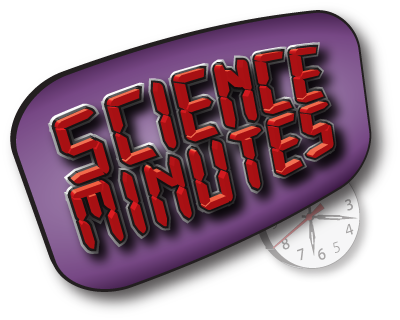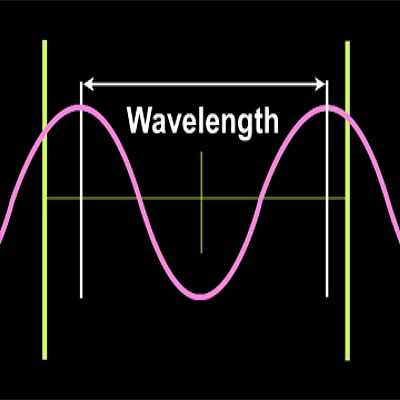 |
 |
Science Minutes DVD
Episode 7: Waves
Focus Question: What causes ocean tides?
Standards
National Science Standard
- Content Standard B: Physical Science (Grades 5-8)
Next Generation Sunshine State Standard
| Grade 5: | SC.5.P.11 Energy Transfer and Transformations |
| Grade 6: | SC.6.P.11 Energy Transfer and Transformations |
| Grade 7: | SC.7.P.11 Energy Transfer and Transformations |
| Grade 8: | SC.8.E.5 Earth in Space and Time |
| Benchmarks SC.8.E.5.7, SC.8.E.5.9 |
Vocabulary
Amplitude the extent or range of a quality, property, process, or phenomenon (such as waves); the maximum departure of the value of an alternating current or wave from the average value
Crest the top of a wave
Energy a fundamental entity of nature that is transferred between parts of a system in the production of physical change within the system and usually regarded as the capacity for doing work; usuable power or the resources for producing such power
Frequency the number of complete oscillations per second of energy (as sound or electromagnetic radiation) in the form of waves
Friction the force that resists relative motion between two bodies or objects in contact
Trough a long and narrow or shallow channel or depression between waves
Wave a moving ridge or swell on the surface of liquid or in air; a rolling or undulatory movement or one of a series of such movements passing along a surface or through the air
Wave Length the distance in the line of advance of a wave from any one point to the next point of corresponding phase
Classroom Activity
Supplemental Links
- The Physics Classroom, www.physicsclassroom.com/Class/waves/u10l1b.cfm
- Office of Naval Research: Ocean in Motion, Waves,
www.onr.navy.mil/Focus/ocean/motion/waves1.htm
Further Investigation with Online Activities
- Discovery Education: The Phenomenon of Sound, Waves,
http://school.discoveryeducation.com/lessonplans/programs/soundwaves/ - Smile Program: Make Waves,
http://lit.edu/~smile/ph9503.html
Oral Assessment
Transcript
Kasey
How many of you out there like to go to the beach? Maybe even surf the waves? Well, did you know the waves we like to surf are very near the end of their existence? That's right, they are ready to die right there on the beach.
You see, waves are a steady way to transmit energy through time and space without transferring all the stuff that they are passing through.
Now there are all kinds of waves, like sound waves and water waves, and they all have similar characteristics to show us how much energy is in that wave. These include amplitude, how high a wave is from creast to trough. Wavelength, how long a wave is from crest to crest. And frequency, the number of wave crests to pass in one second.
So tall waves, long waves and fast-arriving waves all store lots and lots of energy. And the only way a wave can lose it's energy is by friction, either with air, water or whatever they happen to be passing through. That's why waves get big as they meet the beach.
You see they wave slows down as it rubs against the shallow beach sand but the energy is still in that wave and since it's moving slower, and the energy must be conserved, the amplitude increase and that wave gets bigger. Eventually, the bottom of the wave stops and the top crashes over and it dies right there on the beach.
A sad end to a beautiful ride. So the next time you are out there shooting the curls or just chilling on the beach, remember our little talk about the waves.

